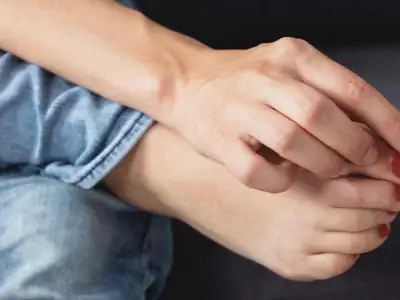What is ingrown nail treatment like?
Nails are structures formed by the hardening of a keratin layer that protects the fingertips and enhances their functionality. Nails can be damaged due to various traumatic situations or may exhibit deformities in shape and structure due to systemic diseases or skin disorders. In today's article, I want to discuss ingrown nails and their treatments.
When we think of ingrown nails, we often associate them with toenails. However, we can also see complaints of ingrown nails on fingernails. The most common cause is improper nail cutting. Especially, toenails should be cut straight across, and the sides should only be filed. If we cut the ingrown part to relieve the discomfort, it might provide momentary relief, but in the long run, as the nail grows in length, it will also grow sideways, towards the skin. This will exacerbate the ingrown condition.
In our clinic, we have two treatment approaches for ingrown nails. Firstly, if the ingrown condition has progressed, a partial matrixectomy and nail bed revision would be appropriate. This means that under local anesthesia, the ingrown part of the nail is cut and removed. Afterward, laser treatment is applied to the nail bed to prevent regrowth from that area. The procedure is completed with a small stitch on the edge of the nail. A dressing is recommended at home for one week. The stitches should be removed during a follow-up appointment one week later. This method is the most effective and definitive treatment, with a very low chance of recurrence.
The second treatment option should be chosen when the ingrown condition is not too advanced. In this case, treatments like nail wire treatment or nail tube therapy aim to prevent the nail from damaging the underlying skin. This way, while the skin heals, swelling and infection will also improve. Subsequently, proper nail cutting techniques and filing the edges of the nail will help prevent recurrence.
Ingrown nails on fingernails are most commonly caused by prolonged exposure to water. This condition can lead to paronychia, which is a nail infection that can result in ingrown nails. During examination, the cause is determined, and it can often be treated with local wound care and medication. Surgical intervention is rarely required.
In summary, the treatment of ingrown nails is performed by dermatology specialists. It is best to decide on the most appropriate treatment together with your doctor based on your needs during the examination. Avoiding incorrect pedicures, improper nail cutting, and tight shoes will be beneficial in preventing ingrown nails.





